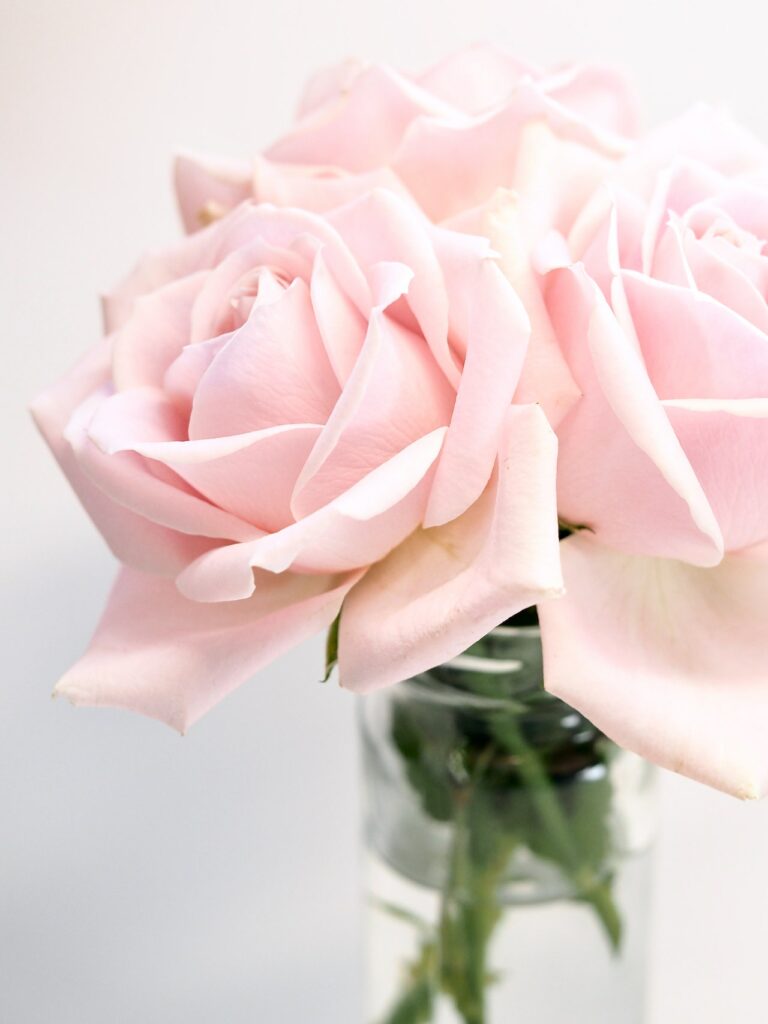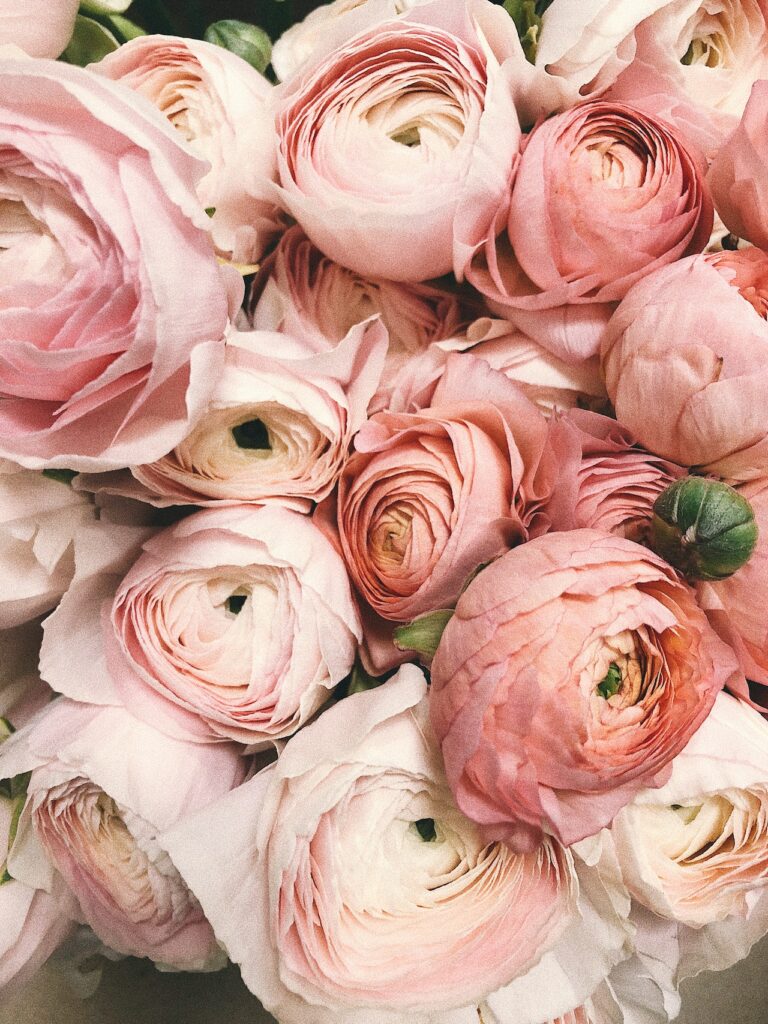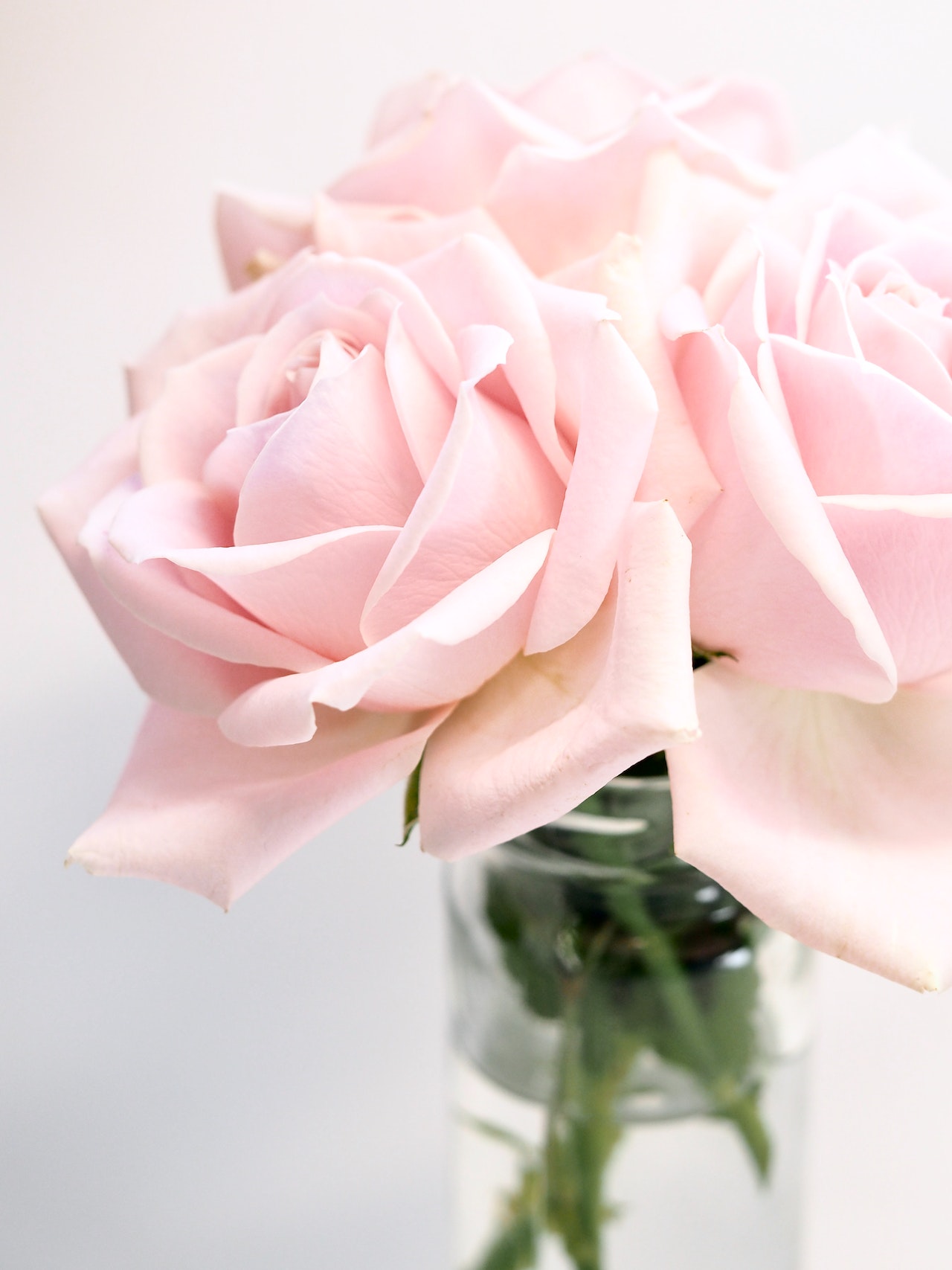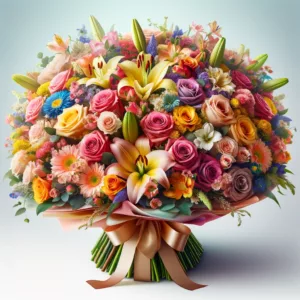Last updated on May 20th, 2023 at 01:03 pm
After buying Fresh flowers in KL, it is important to take proper care of them to ensure they remain fresh and beautiful for as long as possible.
Introduction
Flowers bring beauty and vibrancy to our lives, but it can be disappointing when they wilt and lose their freshness too quickly. Luckily, there are several simple steps you can take to extend the lifespan of your flowers and keep them looking vibrant for longer. In this comprehensive guide, we will explore the best practices for keeping your flowers fresh, from selecting the right blooms to implementing proper care techniques. Let’s dive in!

Step 1: Understanding Flower Care Basics
What factors affect the freshness of flowers?
Flowers are living organisms, and various factors can influence their freshness and longevity. Understanding these factors is crucial for maintaining the vitality of your blooms. Factors such as temperature, humidity, water quality, and exposure to sunlight can all impact the lifespan of your flowers.
How can I prolong the life of my flowers?
To extend the life of your flowers, it’s essential to provide them with the proper care they need. This includes selecting fresh flowers, trimming the stems, removing leaves and thorns, and conditioning them before arranging. By following these basic flower care techniques, you can significantly enhance the lifespan and freshness of your blooms.
Step 2: Preparing Flowers for Optimal Freshness
Selecting fresh flowers from the florist
When choosing flowers, look for blooms with vibrant colors and firm petals. Avoid flowers that appear wilted or have brown spots. Additionally, check the stems for any signs of damage or discoloration.
Here in Malaysia, you can get so many Fresh flowers in KL. You may choose any of them but make sure you choose the Best Flower shop and get a nice fresh flower for you and for you Love.
Belconi Flower shop in KL are providing a large number of fresh flowers and delivers them around KL and Klang Valley.
Trimming the stems
Before placing your flowers in a vase, it’s crucial to trim the stems. Use a sharp pair of floral shears or a knife to make a clean diagonal cut. Cutting the stems at an angle allows for better water absorption.
Removing leaves and thorns
Leaves and thorns that will be submerged in water can promote bacterial growth and hinder water uptake. Remove any foliage or thorns that fall below the waterline to keep your flowers fresh for longer.
Conditioning the flowers before arranging
Conditioning your flowers involves giving them a hydrating treatment before arranging them in a vase. Fill a clean container with lukewarm water and place the flowers in it for a few hours or overnight. Conditioning helps the flowers hydrate and ensures their longevity.
Step 3: Proper Watering Techniques
Choosing the right vase
Select a vase that is clean, tall enough to support the stems, and provides ample room for the flowers to bloom. A vase with a narrow neck can help support the flowers and prevent them from drooping.
Using clean water
Fill the vase with clean, room-temperature water. Avoid using water that has been treated with water softeners or has a high mineral content, as this can negatively affect the lifespan of your flowers.
Adding floral preservatives
Floral preservatives contain nutrients that can help nourish your flowers and prevent bacterial growth. Follow the instructions on the package to add the preservative to the water.
Monitoring water levels
Check the water level in the vase daily and replenish it as needed. Flowers absorb water at different rates, so it’s essential to ensure they always have enough to stay hydrated.
Step 4: Optimal Temperature and Environment
Finding the ideal temperature for your flowers
Maintaining the right temperature can significantly impact the freshness of your flowers. Most flowers thrive in a cool environment, ideally between 65-75°F (18-24°C). Avoid exposing your flowers to extreme heat or cold, as it can shorten their lifespan.
Avoiding direct sunlight
While flowers need light to grow, direct sunlight can accelerate their wilting process. Place your flower arrangement in a location that receives indirect or filtered sunlight to ensure they stay fresh for longer.
Protecting flowers from drafts
Avoid placing your flowers in areas with drafts or excessive airflow. Strong gusts of wind can dehydrate the blooms and cause them to wither quickly. Choose a location away from open windows, fans, or air conditioning vents.
Tips for preserving flowers in different seasons
Different seasons present various challenges for keeping flowers fresh. During hot summer months, keep your flowers in air-conditioned rooms or cooler areas of your home. In colder seasons, make sure your flowers are not exposed to freezing temperatures during transportation or storage.
Step 5: Extending Flower Lifespan

Changing the water regularly
Stagnant water can promote bacterial growth, reducing the lifespan of your flowers. Change the water in the vase every two to three days, ensuring that it remains clean and fresh.
Re-trimming the stems
Every time you change the water, take the opportunity to re-trim the stems of your flowers. This will ensure a fresh cut and optimal water absorption, enhancing the longevity of your blooms.
Reviving wilted flowers
If your flowers start to wilt prematurely, there are a few tricks you can try to revive them. Submerge the entire flower, including the blooms, in a basin of lukewarm water for about 30 minutes. This can help rehydrate the flowers and bring them back to life.
Using flower-friendly household remedies
Certain household items can help extend the freshness of your flowers. Adding a small amount of lemon-lime soda or a copper penny to the water can act as a natural acidifier and provide nutrients. Additionally, a few drops of bleach can help prevent bacterial growth in the vase.
Step 6: Tips for Specific Types of Flowers
Caring for roses
Roses are delicate and require special care to maintain their freshness. Remove any thorns and foliage that will be submerged in water, and cut the stems at an angle before placing them in a vase. Change the water and re-trim the stems every two days to maximize their lifespan.
Extending the freshness of lilies
Lilies are known for their elegant beauty but are susceptible to wilting quickly. Trim the stamens from the center of the lily to prevent pollen stains and keep the flowers fresh for longer. Additionally, keep lilies away from fruits, as they release ethylene gas, which can cause lilies to deteriorate faster.
Preserving tulips
Tulips continue to grow after being cut, so it’s essential to choose a tall vase that can accommodate their growth. Trim the stems and place the tulips in fresh water with floral preservatives. Keep them in a cool location away from direct sunlight to extend their lifespan.
Handling delicate flowers
Some flowers, such as orchids or daisies, require extra care due to their delicate nature. Handle them gently and avoid overcrowding the vase. Follow specific care instructions for each type of delicate flower to ensure they remain fresh and vibrant.
Step 7: Avoiding Common Mistakes
Overcrowding the vase
Giving your flowers enough space to breathe is crucial for their longevity. Avoid overcrowding the vase with too many flowers, as this can restrict air circulation and cause them to wilt faster.
Placing flowers near ripening fruits
Ripening fruits release ethylene gas, which can accelerate the aging process of flowers. Keep your flower arrangements away from fruit bowls or areas with ripening produce to prevent premature wilting.
Using overly warm water
While flowers enjoy room temperature water, using water that is too warm can have adverse effects. Very warm water can cause the stems to become slimy and lead to bacterial growth. Stick to lukewarm water for optimal results.
Neglecting regular maintenance
Proper flower care requires regular maintenance. Check the water level, change the water, and re-trim the stems as needed. Paying attention to these small details will help keep your flowers fresh for a longer time.
Step 8: Creative Display and Arrangement Ideas
Creating visually appealing flower arrangements
Experiment with different flower combinations, colors, and textures to create visually stunning arrangements. Consider the height and size of the flowers to achieve balance and symmetry in your display.
Using different types of vases and containers
Explore various vase styles, such as glass, ceramic, or decorative containers, to enhance the visual appeal of your flower arrangements. Different vases can complement different types of flowers and add a unique touch to your display.
Incorporating foliage and accessories
Add greenery, such as ferns or eucalyptus, to your flower arrangements to provide a lush backdrop and add dimension. You can also incorporate decorative elements like ribbons, beads, or stones to create a personalized and stylish look.
Arranging flowers for special occasions
Tailor your flower arrangements to suit specific occasions or themes. For example, use vibrant and cheerful blooms for birthdays or anniversaries, or opt for romantic and soft-colored flowers for weddings or Valentine’s Day.
Step 9: Long-Term Flower Preservation
Pressing flowers
Preserving flowers by pressing them allows you to enjoy their beauty for an extended period. Place flowers between the pages of a heavy book or use a flower press to flatten them. Once dry, you can use pressed flowers for crafts, artwork, or decorative purposes.
Drying flowers
Drying flowers is another method of preserving their beauty. Hang bouquets upside down in a dry and well-ventilated area, away from direct sunlight. Once dried, you can display the flowers in vases, create wreaths, or use them in potpourri.
Freezing flowers
Freezing flowers can help retain their natural form and colors. Place the flowers in an airtight container or freezer bag and store them in the freezer. Frozen flowers can be used in floral arrangements or as decorative accents for special occasions.
Making potpourri
Create fragrant potpourri by combining dried flowers with aromatic herbs and spices. Place the mixture in a decorative bowl or sachets to add a delightful scent to your home.
Step 10: Troubleshooting Common Flower Problems
Dealing with drooping flowers
If your flowers start to droop, try recutting the stems at an angle and placing them in fresh water. You can also submerge the entire flower in cold water for a few hours to revive them.
Addressing mold and mildew
Mold and mildew can develop in the water or on the stems of your flowers. To prevent this, change the water regularly, ensure the vase is clean, and remove any decaying leaves or petals.
Preventing bacterial growth
Bacterial growth can cause flowers to deteriorate quickly. Use clean vases, change the water frequently, and add floral preservatives to inhibit bacterial growth.
Combatting pests and insects
If you notice pests or insects on your flowers, gently remove them by hand or use an organic insecticide spray. Regularly inspect your flowers to catch any infestations early and prevent further damage.
Conclusion:
By implementing these tips and tricks, you can ensure your flowers stay fresh and vibrant for an extended period. Remember to provide them with the right amount of water, trim their stems, and keep them in a suitable location. Additionally, consider using flower food and trying some innovative hacks to further extend their lifespan. With a little care and attention, you can enjoy your beautiful blooms for much longer. So, go ahead and bring nature’s wonders indoors, delighting in the mesmerizing beauty of fresh flowers!








